
No one ever plans to make a trip to the emergency room. But sooner or later life happens and almost everyone eventually experiences accidents or maladies, usually without regard to time of the day. There, waiting for patients more than ever before, Urgent Care centers.
[sidebar title=”Top Nine Common ER and Urgent Care Center conditions and cost” align=”left”]- Allergies- Urgent Care: $97 ER: $345
- Bronchitis (Acute)- Urgent Care: $127 ER: $595.
- Earache- Urgent Care: $110 ER: $400
- Sore Throat- Urgent Care: $94 ER: $525.
- Pink Eye- Urgent Care: $102 ER: $370
- Sinusitis- Urgent Care: $112 ER: $617.
- Strep Throat- Urgent Care: $111 ER: $531.
- Upper Respiratory Infections- Urgent Care: $111 ER: $486
- Urinary Tract Infections- Urgent Care: $110 ER: $665
[/sidebar]
Emerging as alternatives to hospitals and doctor’s offices, more than 8,000 urgent and immediate care centers across the country have opened in the last four years, with growth estimated at eight to 10 percent annually, according to the Urgent Care Association of America.
Urgent care facilities, also known as immediate care, are similar to retail health clinics, which operate out of grocery stores or pharmacies and only treat simple conditions, places like Care Now. Both are generally open in the evening and on weekends to treat routine maladies, but Urgent Care centers also offer a board-certified physician and additional services such as on-site X-ray for broken bones, along with multiple benefits that most emergency rooms or doctor offices don’t have.
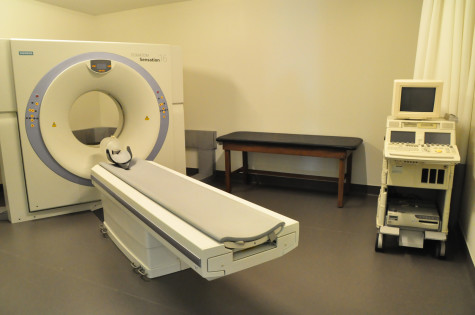
“The best way to provide care for patients is by making healthcare accessible, through hours of operation, locations, quality medical services, and affordable costs,” Concentra Chief Medical Officer Dr. Tom Fogarty said in a statement.
Recently opening its second location in Allen, Legacy ER is an Urgent Care center unlike the rest, aiming to provide the best care for patients by doing things a little bit differently.
“One of the ways that we are very different from other Urgent Care places, like maybe a Primacare and places like it, is that we are a hybrid model, so we have first aid care services as well as emergency care services,” LegacyER Associate Director Katy Emerson said. “So, sometimes you see free standing emergency rooms like First Choice and Alete Care, and all they see are emergencies, unlike us.”
At a retail health clinic, patients do not typically get to be seen by a doctor or physician, but that’s not the case with urgent care centers.
[sidebar title=”Reasons to go to an ER” align=”right”]- Chest pain or pressure
- Uncontrolled bleeding
- Sudden or severe pain
- Coughing or vomiting blood
- Difficulty breathing or shortness of breath
- Sudden dizziness, weakness, or changes in vision
- Severe or persistent vomiting or diarrhea
- Changes in mental status, such as confusion
- Heavy bleeding
- Large open wounds
- Sudden weakness
- Major burns
- Spinal injuries
- Severe head injury
- Loss of consciousness
- Abdominal pain
[/sidebar]
“Every patient gets to see a physician, no matter what they are here for,” Emerson said.
Because everyone at an urgent care facility gets to see a physician, the care is better personalized and gives higher quality service for the patient.
“We always see a Board Certified Pediatrician, never a Nurse Practitioner or Physician’s assistant, not that I am against either of these, though,” Puster school nurse and mother of five Janet Abramson said. “They have always talked to my children, not around them and directed the questions first to them and not to me. Of course, I am there as backup for information but I like that they let the kids answer for themselves to the best of their abilities.”
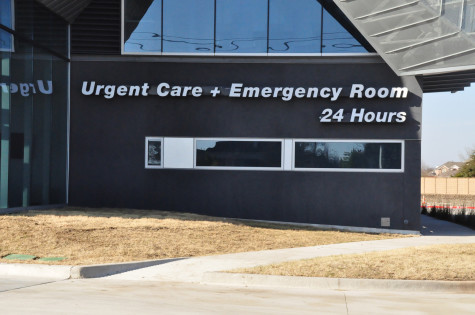
On average, the doctors see patients of all ages.
“I see anything from they were just born, all the way until they are older than you can think of,” Whalen said. “A lot of patients we do see are anywhere from toddlers to pretty much about 80, which is kind of our age range. We do see some that are older than 80, but it’s everything. It’s about 60 percent adult, 40 percent pediatrics, so it’s a really good mix here.”
Currently the amount of patients at the Allen LegacyER isn’t very high compared to the Frisco location, but is expected to grow.
“Right now, our average is about 30 [patients] a day here in Allen,” Whalen said. “In our Frisco location, we see anywhere from 60 to 100 [patients] on average, but it also depends on the day.”
[sidebar title=”Reasons to go to an Urgent Care Center” align=”left”]- Sprains
- Strains
- Minor broken bones
- Mild asthma attacks
- Minor infections
- Small cuts
- Sore throats
- Rashes
- Minor burns
- Urinary tract infections
- Pelvic infections
[/sidebar]
While emergencies can happen any day, the center sees its most cases on the weekend.
“Busiest days are definitely Friday, Saturday, Sunday, [and] Monday, but still those are easy,” Whalen said. “Normally our mornings are pretty busy, then right after school lets out, and then right after people get off work.”
LegacyER is open 24 hours, seven days a week in the emergency department, and open seven a.m. to nine p.m., seven days a week for urgent care.
“The care is extremely convenient,” Abramson said. “Most of our injuries and illnesses seem to happen on the weekends and after office hours. We have been to Acute Care Kids for all levels of injuries, breaks, sprains, lacerations, and illness. Everything seems to happen at our house on an odd hour, a holiday or a weekend.”
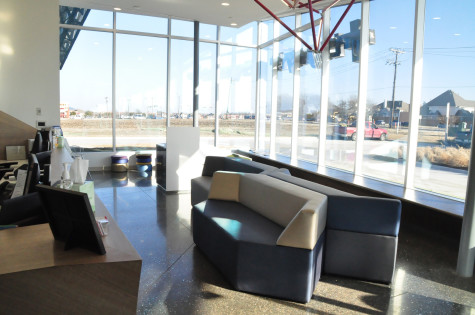
The expected waiting time of an urgent care center is nowhere near that of an emergency department or even a doctor’s office.
“We really don’t have a wait, to be honest, that is one of the awesome things about us, is that everybody comes back,” Emerson said. “We don’t have a triage hierarchy per say that a lot of places do. You come in, we see what you are there for, we bring you right back. You don’t go back out into my waiting room. So there’s really not [a waiting time], there might be a five to 10 minute lag time while you’re back in the room, but you’re not gonna be out there for an hour or hours like you would at an Emergency Room.”
Across urgent care centers, the waiting time and service are relatively similar.
“I have only used Acute Care Kids, not an adult urgent care center,” Abramson said. “The service we have received has always been fabulous and efficient. I have never had to wait more than 10 minutes in the waiting room and usually have been seen by a doctor within 10 minutes of being placed in a patient room.”
[sidebar title=”Urgent Care facilities in the area” align=”right”]- CareNow Urgent Care
- Doctor’s Express Urgent Care
- Concentra Urgent Care
- NR Urgent Care
- LegacyER
- Acute Kids Urgent Care
- PrimaCare Medical Center
[/sidebar]
Depending on the condition of the patient, tests may or may not have to be run, and at LegacyER, there is an on site lab, enabling quick and efficient test results.
“Flu test, Strep test, blood analysis, cardiac enzymes; those things are all done here on site so that we are getting a very timely reading,” Emerson said. “I think our strep test runs about 5 minutes and a flu test is about 10, so you come in and that’s one of the things we pride ourselves on is being able to get people in and out in a timely manner.”
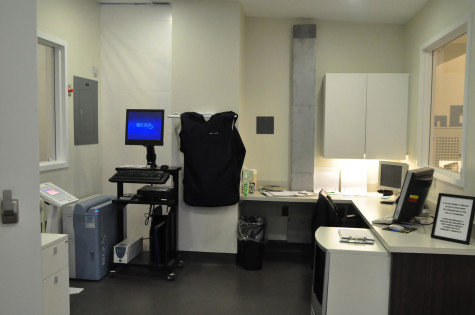
With the growing amount of Urgent Care centers across the nation, many people are beginning to realize what type of care is needed and where to go to get those treatments
“There is a lot of misconception right now in our field, especially with how many people don’t know where to go for what,” Emerson said. “There’s a lot of media coverage with people going into an emergency room with a strep throat or to get treated for the flu, and receiving these astronomical bills.”
Because of the overflow of non-emergency care, medical personnel are attempting to teach people where to go for the specific care they need, and evidently, urgent care is a major answer. According to recent research, 84 percent of people who go to the ER don’t have true medical emergencies.
“Some patients who come to the emergency room don’t need emergency or even trauma care,” Dr. Michael Pitt said in Chicago Medicine Magazine. “As a result, more medical care providers are trying to divert those patients to urgent care where they get the right care at the right time, and in a high-quality cost-effective manner. We want to show that you don’t have to go to the emergency room all of the time and to provide some of that patient education as much as we can. I think that is true across the urgent care model.”
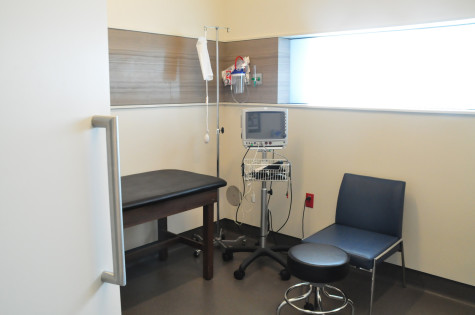
Many patients are finding this out for themselves.
“A decent amount of our patients are those who come to us instead of their physicians, which a lot more people are starting to do now,” LegacyER Nurse Manager and R.N. Christina Whalen said. “I would be one of those. I don’t have two hours to spend at a doctor for a day, and neither does anyone else.”
Along with efficient waiting times and costs, even the architecture of the buildings can be designed with the patients health and stress level in mind.
“A neat thing about this place is that the architects who designed the Perot museum downtown (Dallas) also designed our building, 5G Studios,” Emerson said. “Everything you can see throughout [the building] are things that probably won’t remind you of a typical doctor’s office or hospital, like we have skylights and windows throughout the building. We really try to promote health and healing throughout the center and the way that it looks and so that’s very important to us that it doesn’t look like one of those steril, stagnant environments. All in all, the care the patient receives is the most important to us, and that they receive it in a timely and convenient manner.”





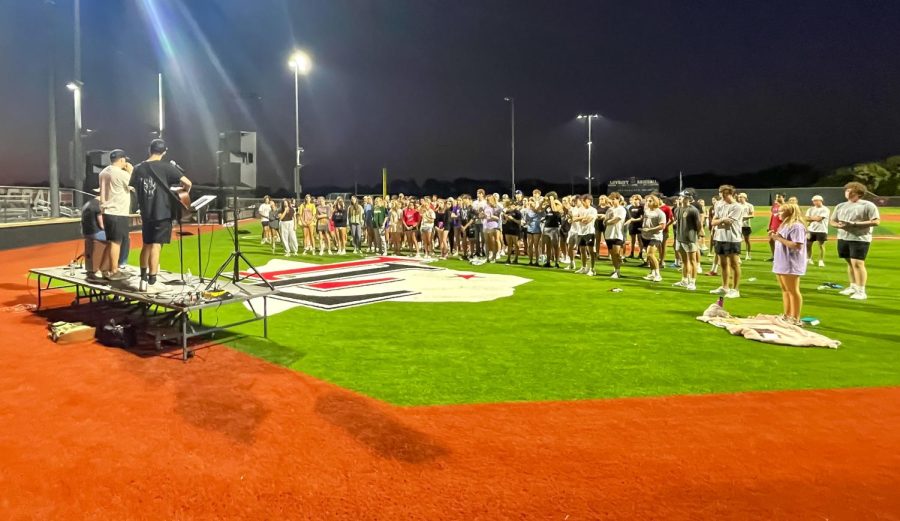





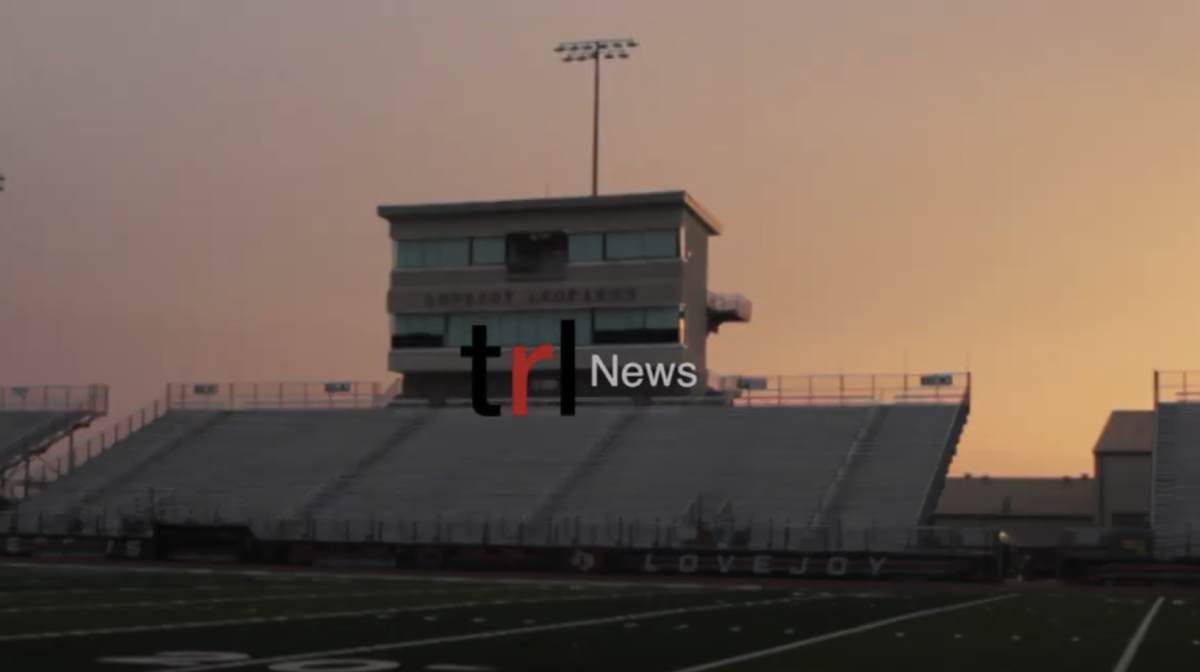










Joel Summers • Feb 24, 2014 at 11:57 am
Very well written.Great Job.